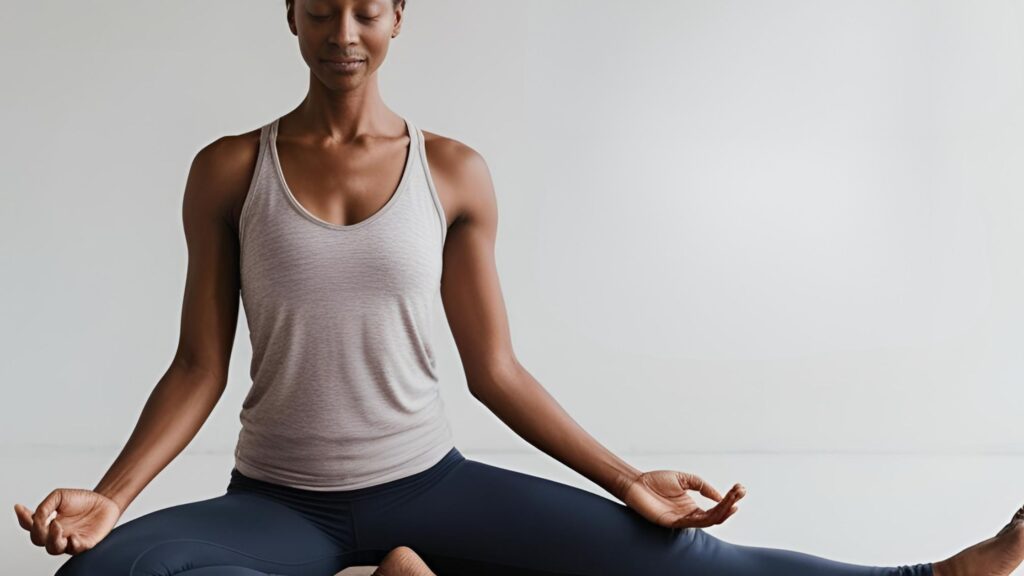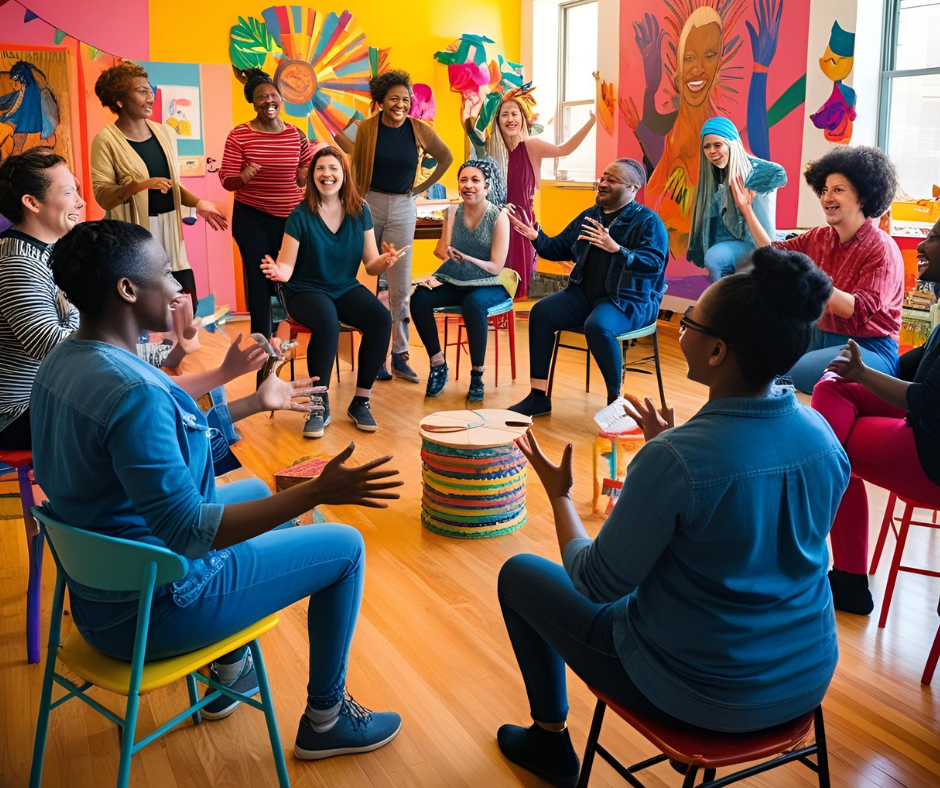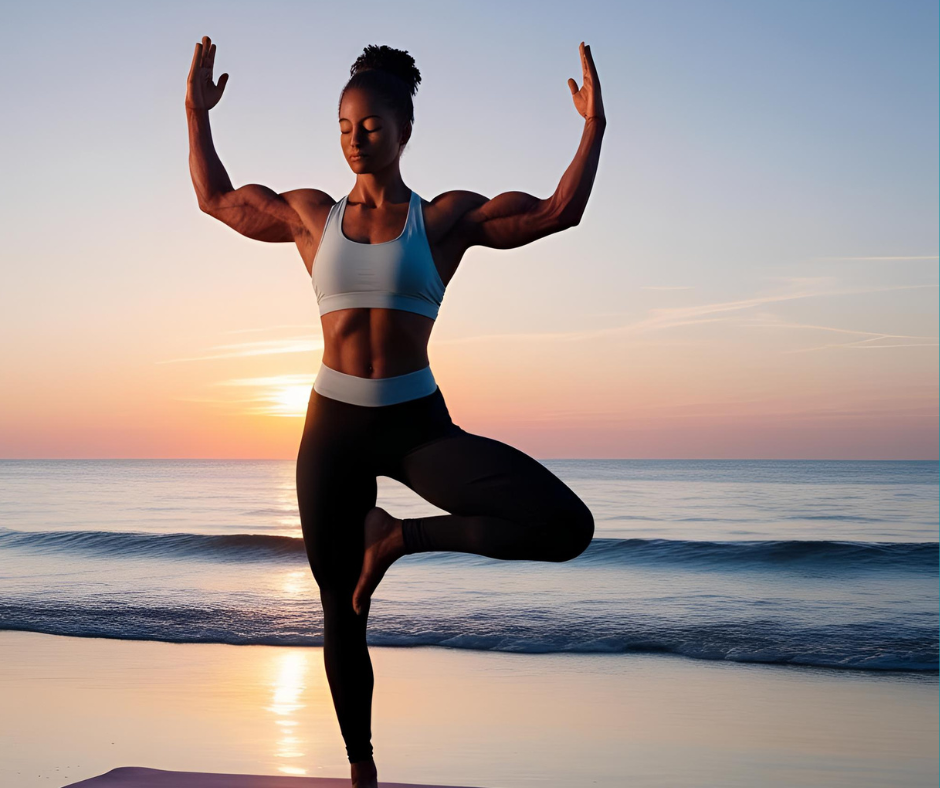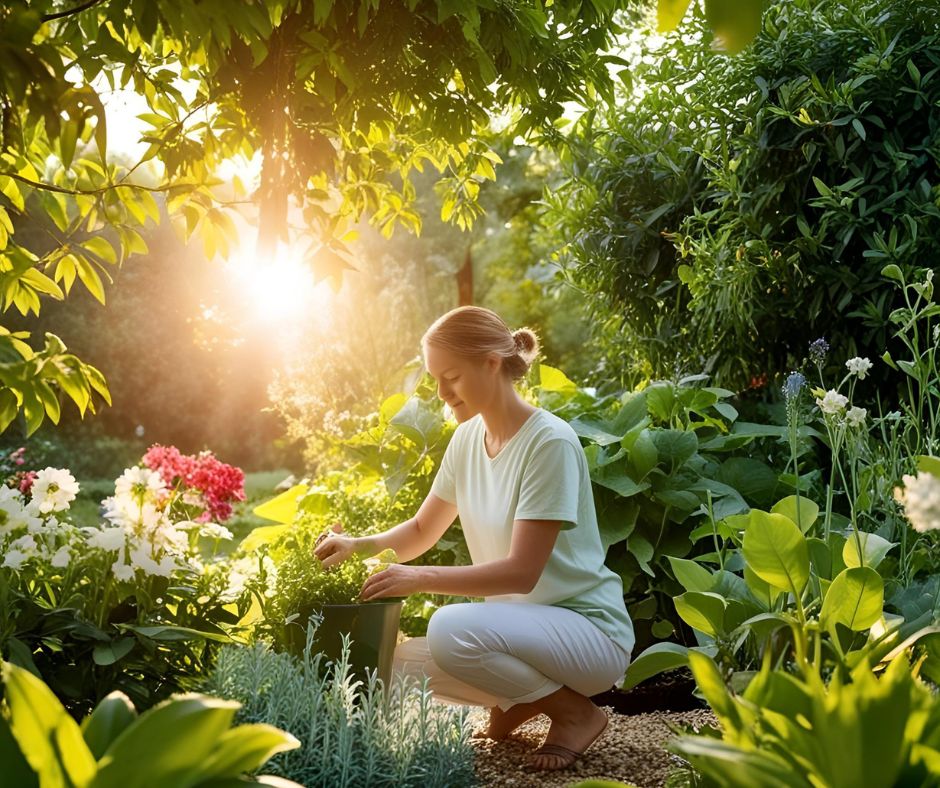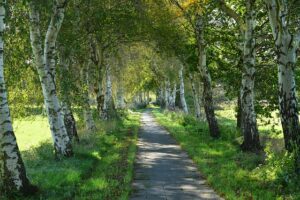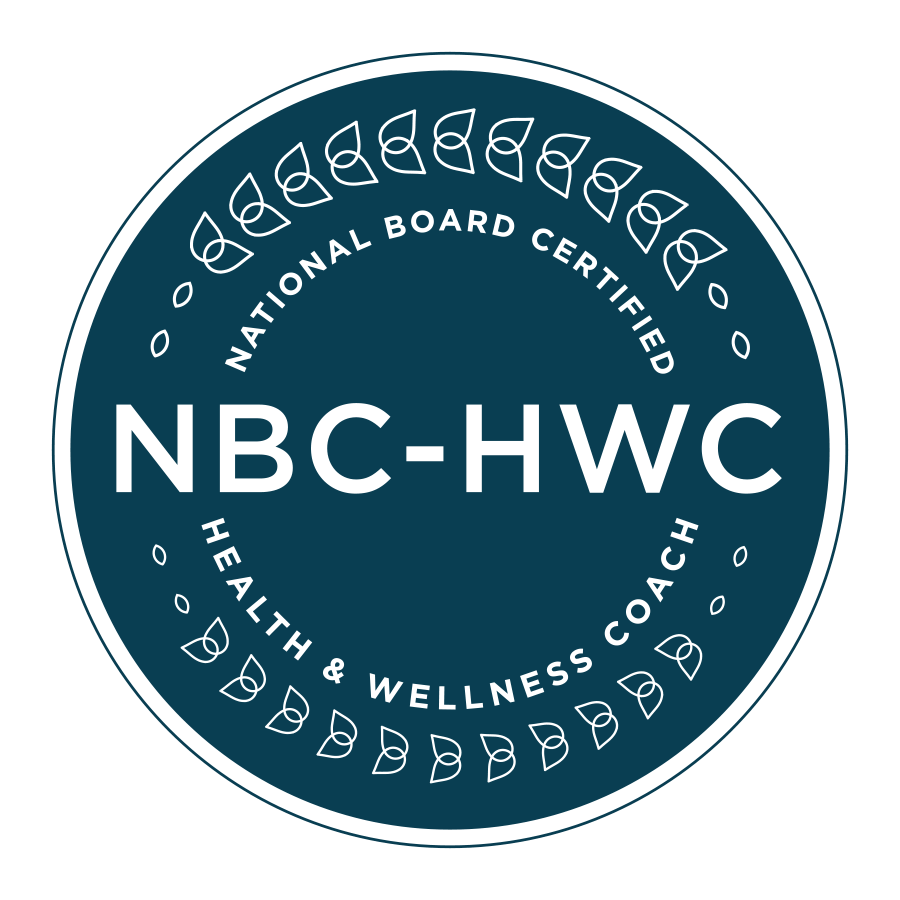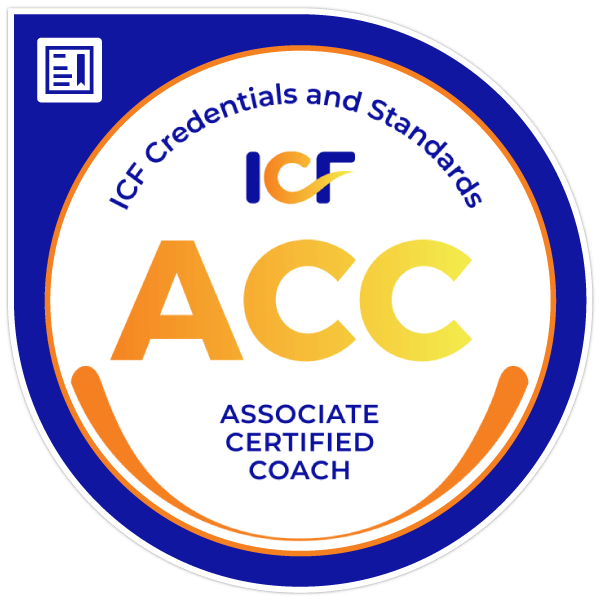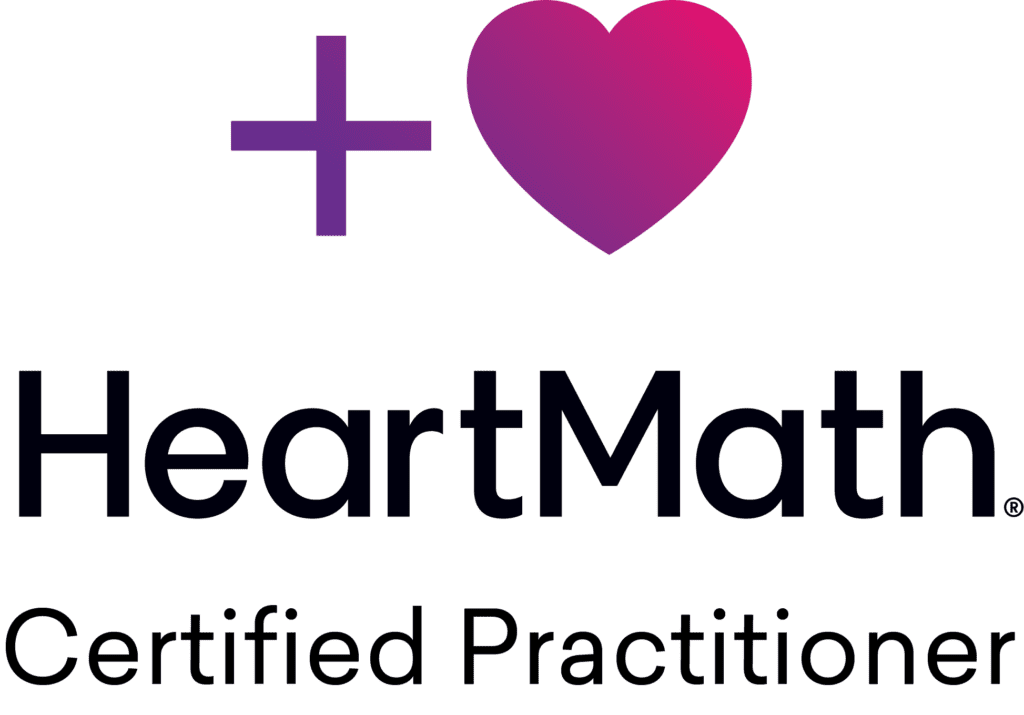How Creativity, Strength, and Nature Became My Path to Wholism
There is so much I hope to share before I die—lessons I’ve lived, not merely learned. The greatest teachings haven’t come through intellectual striving but through three unexpected gifts that shaped my healing journey: drama, bodybuilding, and gardening. Each has guided me into a deeper relationship with my body, soul, and the divine presence that surrounds us. Together, they became my teachers of what I now call embodied healing—the transformative process of healing through presence, mindful movement, and conscious engagement with life itself.
What is Embodied Healing?
Before I share more of my story, let me first explain what embodied healing means to me: it’s the recognition that our bodies hold wisdom—that God often brings healing through our physical experiences and the ways we connect with ourselves and others. Embodied healing invites us to drop from our overthinking heads into our sensing bodies, where trauma can be released and wholeness restored. It’s where science meets spirituality, where movement meets mindfulness, and where our personal stories find meaning in physical expression.
Drama: The Gift of Embodied Healing in Creative Expression
Finding Healing Through Theatrical Practice
Long before I understood coaching or wellness science, I was immersed in the world of theater. After earning a master’s degree in education emphasizing drama, I entered the classroom to teach more than just lines or scripts. Through this journey, drama education taught me to trust the creative process—to improvise, to play, and ultimately to discover meaning in what appeared to be chaos.
What might look disordered from the outside was often a deeper organization taking form without the constraints of intellect. For the mind-heavy person, this can be terrifying. But improvisation is a sacred dance—an unspoken knowing that something divine is unfolding in real time through our bodies and voices.
Drama taught me that our bodies hold stories that often can’t be processed through thought alone. When students would embody characters or situations, I witnessed transformations that talk therapy might take months to achieve. The body knows. The body remembers. And through embodied healing practices like drama, the body can release and transform.
Later in life, my studies at the Maryland University of Integrative Health would bring this full circle. I came to realize that drama wasn’t just performance; it was my first profound lesson in embodiment. Drama gave me the language of the body—a way to express what words alone could not capture. It was a divine encounter—a gift I never asked for but desperately needed to begin my embodied healing journey.
Drama’s Lessons for Embodied Healing:
- Trust in process: Sometimes healing doesn’t follow a linear path
- The wisdom of play: Playfulness opens doorways to healing that seriousness cannot
- Emotional expression: Giving physical form to feelings allows them to move through us
- Community connection: Healing happens in relationship, not isolation
- Inhabiting new possibilities: We can practice new ways of being before we fully become them
Bodybuilding: The Gift of Embodied Healing Through Strength, Discipline, and Sacred Curiosity
Transforming Physical Training into Spiritual Practice
My first two years of teaching were disheartening. The inner-city school I worked in reflected hardship on every level—both mine and my students’. I was depleted, running on empty, disconnected from my own body’s needs and wisdom. Then one day, feeling lost, I walked into a gym. I started with cardio until someone coaxed me into lifting weights—and that moment became my entry into the world of bodybuilding.
I discovered the power of resistance training not just for my muscles, but for my spirit.
Lifting weights was hard—but it was the right kind of hard, the kind that builds rather than breaks. Moreover, it mirrored the original charge given to humanity in Genesis: to tend and care for the garden. Like gardening, bodybuilding was labor-intensive but deeply rewarding. As a result, over time, bodybuilding rebuilt my self-esteem and confidence—muscles were only the surface manifestation. What truly grew was my resilience and, consequently, my ability to hold myself together when life felt like it was falling apart.
Bodybuilding helped me see my body as more than a shape to be judged—it became a sacred space, a house with rooms. The cooling room (respiratory system), central hallway (circulatory system), attic (brain), and basement (gut)—each part symbolic and alive with purpose. When one room was in disrepair, the whole house felt it. I learned to tend to each part of myself as if it were sacred because it is. This wasn’t about perfection or meeting external standards. It was about honoring a body created with divine intention, not symmetry.
Through the discipline of regular training, I discovered that embodied healing often requires resistance—pushing against something that challenges us. In the gym, I learned that growth happens at the edge of comfort, and that our bodies have an innate wisdom about when to push and when to rest.
Bodybuilding’s Lessons for Embodied Healing:
- Sacred strength: Building physical strength can rebuild internal fortitude
- Body literacy: Learning to read the body’s signals and respond appropriately
- Discipline as self-love: Showing up consistently for yourself is a form of care
- Growth through resistance: Healing sometimes requires pushing against what’s difficult
- Embodied confidence: The way we carry ourselves physically affects how we move through the world emotionally
Gardening: The Gift of Embodied Healing in Stillness, Restoration, and Belonging to Nature
Cultivating Inner Peace Through Earth Connection
I never imagined I would become a gardener. Upon moving into our home with my husband, the backyard resembled a small forest. It felt wild—maybe even dangerous. Because of my uncertainty, I was afraid of what might be lurking in the underbrush. Meanwhile, I used to watch my husband brave this terrain and thought, “That’s not for me.”
But one day, feeling a quiet call to connect with this wild space, I swept a few dead leaves from the porch. The beauty revealed underneath surprised me. So I kept sweeping. Soon, I saw a pattern, a path. I was creating a trail—one leaf at a time. That trail became my first garden bed, and that small act of clearing initiated my third profound lesson in embodied healing.
Gardening became a morning ritual, one I didn’t realize was improving my physical, emotional, and spiritual health. Research now confirms what I discovered intuitively—that soil microbes boost serotonin levels, that natural light regulates our circadian rhythms, and that the patterns of nature soothe our nervous systems in ways technology cannot replicate.
The backyard became my sanctuary, a sacred meeting place with God—and with chipmunks, squirrels, birds, rabbits, and even the deer who later devoured my hostas. I even nicknamed “the garter snake”—a creature I had once feared but came to respect as a garden ally. Naming it made it less scary. In coaching and embodied healing work, we call this acknowledgment—naming the fear so it loses its grip on our nervous system.
Gardening taught me surrender. Instead of imposing my will on the landscape, I learned to listen to it—to observe which plants thrived where, to notice the microclimates, to work with rather than against the natural contours. I learned the rhythms of the land, just as I had learned the rhythms of my body through drama and bodybuilding. And in that listening, I discovered restoration. The soil softened my hands and my heart. The birds grounded my scattered attention. And the early morning light reminded me of something essential: we are part of nature, not separate from it—a fundamental principle of embodied healing.
Gardening’s Lessons for Embodied Healing:
- Presence practice: Nature invites us into the present moment
- Cycles and seasons: Understanding that healing moves in cycles, not straight lines
- Interdependence: Recognizing our connection to all living things
- Patience: Growth happens according to its own timeline
- Surrender: Learning when to intervene and when to allow nature to take its course
Why Embodied Healing Matters in Our Disconnected World
Reconnecting with Our Bodies in a Digital Age
In reflecting on these three gifts—drama, bodybuilding, and gardening—I realize they were never random occurrences in my life. They were placed strategically to heal specific aspects of my fragmented self. They taught me to trust the creative process, tend to my physical body, and connect to creation. They also gifted me practical tools to support my mental health.
We are embodied lights, literally and spiritually. Interestingly, modern science has discovered that our cells emit biophotons—tiny particles of light that communicate and synchronize life processes within us. These biophotons dance in harmony when we are grounded, moving purposefully, and breathing fully. However, when we’re overwhelmed by stress or overexposed to artificial light and technology, the inner light can scatter and grow dim. Therefore, nature, movement, and creative expression help us realign with our natural rhythms.
In our increasingly virtual world, embodied healing practices matter more than ever. We spend countless hours in front of screens, disconnected from natural light, natural movement, and natural relationships. Is it any wonder that anxiety, depression, and chronic illness are at all-time highs? Our bodies evolved in relationship with the natural world, with creative expression, with movement that had purpose and meaning.
The gifts of drama, bodybuilding, and gardening offer an antidote to our disembodied existence. They call us back to presence, to connection, to the wisdom that resides in our tissues and cells. They remind us that healing happens not just in rest but in engagement—with ourselves, with others, with the earth.
The Science Behind Embodied Healing
Research Supporting Mind-Body Integration
Research increasingly supports what ancient wisdom traditions have long known: that our bodies and minds are inextricably connected, and that physical practices can heal psychological wounds. In fact, numerous studies from the American Psychological Association show that:
- Drama and expressive arts therapy can reduce symptoms of PTSD and anxiety by creating new neural pathways
- Resistance training improves not just physical but mental health, reducing symptoms of depression and improving cognitive function
- Time in nature reduces cortisol levels, blood pressure, and inflammatory markers while improving mood and attention, according to research published in the International Journal of Environmental Research and Public Health
These findings validate what I discovered through lived experience: that embodied healing works on multiple levels simultaneously—physical, emotional, cognitive, and spiritual.
How to Begin Your Own Embodied Healing Journey
Practical Steps Toward Personal Embodiment
You don’t need to become a drama teacher, competitive bodybuilder, or master gardener to benefit from these paths to embodiment. Start small:
- Explore creative expression: Try improvisational movement, voice work, or even simple role-play to express emotions you struggle to verbalize
- Connect with your physical strength: Begin with basic resistance exercises using just your body weight, focusing on how the movement feels rather than how it looks
- Touch the earth: Plant one small container garden, tend to a houseplant, or simply spend time sitting on the ground in a park or natural area
The key is presence—bringing your full awareness to whatever practice you choose. Notice sensations, emotions, and thoughts that arise without judgment. This mindful engagement is the heart of embodied healing.
Conclusion: The Three Gifts Integrated
Each gift—though appearing different on the surface—shared one sacred purpose: to draw me back home to myself through embodied healing.
Drama offered the gift of embodiment—of trusting the body’s innate wisdom and improvising through life’s unpredictable scenes with presence and authenticity.
Bodybuilding gave me the gift of resilience and reverence—a deep curiosity for how the body mirrors divine creativity and a physical strength that supported emotional fortitude.
Gardening extended the gift of stillness and communion—a way to ground myself in nature’s rhythms and receive healing from the earth that sustains all life.
Together, these three practices created a complete system of embodied healing that addressed my need for expression, strength, and connection. They taught me that healing isn’t something we chase through endless treatments and interventions—it’s something we cultivate through presence, practice, and wonder.
And perhaps the greatest lesson of embodied healing is this: when we honor our bodies, our stories, and our sacred connection to the natural world, we align with the Creator’s vision for wholeness. We remember that we were never meant to live from the neck up, trapped in anxious thoughts and digital distractions. We were designed to fully inhabit our lives—to move, create, tend, and heal in relationship with ourselves, others, and the earth.
The journey of embodied healing continues to unfold for me daily. Each morning in the garden, each session of movement, each moment of creative expression is an opportunity to practice presence and deepen my connection to the wisdom that resides not just in my mind, but in every cell of my being. Initially, these practices might feel unfamiliar, yet with time, they become natural extensions of your authentic self. In the end, I invite you to discover your own paths to embodiment—your own healing gifts that will guide you home to yourself.
